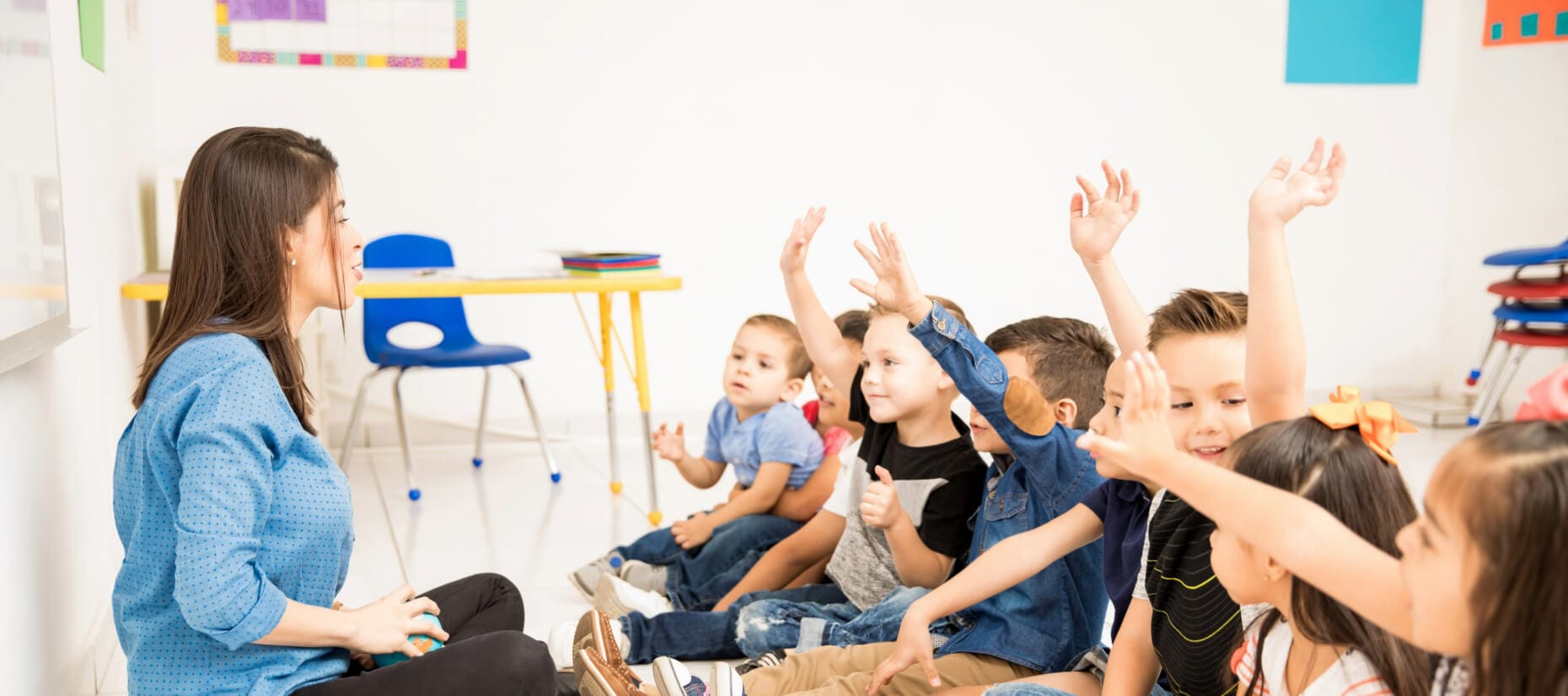Why Storytelling Matters
Storytelling is as old as human history itself, transcending cultures, generations, and borders. From ancient myths and folklore to modern novels, podcasts, and social media posts, storytelling is a universal tool that connects us. But it’s more than just entertainment—it’s a powerful means of developing language proficiency, boosting vocabulary, and refining communication abilities.
Storytelling allows individuals to express ideas creatively and persuasively. When we tell stories, we connect emotionally, convey complex ideas in digestible ways, and build trust. It’s no wonder that storytelling has become an essential skill in education, business, and even personal development. But what makes storytelling such an effective tool for enhancing language and communication skills?
1. Storytelling as a Tool for Language Development
Expanding Vocabulary and Understanding Language Structure
Storytelling introduces us to new words, phrases, and language structures in a meaningful context. Rather than learning words in isolation, we hear them used in situations that make them memorable and easier to understand. This helps expand our vocabulary and improves our understanding of grammar and syntax. For example:
- Active Learning: By reading or listening to stories, we encounter new vocabulary and see firsthand how it’s used. This is especially effective for children and language learners, who benefit from seeing words in a narrative context.
- Contextual Understanding: Stories provide context for abstract concepts, helping us grasp meaning more intuitively.
Through storytelling, we gain an instinctual understanding of language that goes beyond grammar rules or word lists, giving us a more natural command over language.
Enhancing Pronunciation and Fluency
For those learning a second language or looking to improve their speaking skills, storytelling also supports pronunciation and fluency. Practicing storytelling aloud encourages:
- Natural Pacing: By telling stories, we learn the natural rhythm of speech.
- Improved Pronunciation: We become more familiar with pronunciation as we repeat words and phrases.
- Fluency in Speaking: Storytelling helps us think in the language rather than translating from our native tongue.
Whether through reading aloud or sharing personal stories, storytelling helps us speak more confidently and fluidly.
2. Strengthening Listening and Comprehension Skills
Improving Attention and Active Listening
Listening to a story requires focus and attention to detail. Unlike facts or lists, stories demand that we stay engaged, often making us remember the smallest details. This enhances our ability to listen actively and retain information.
Building Comprehension Through Story Elements
Stories generally have a beginning, middle, and end. As we listen, we follow the story’s structure, make inferences, and anticipate what might come next. This helps develop comprehension skills as we try to understand the characters’ motivations, plot twists, and resolutions. Storytelling also encourages us to think critically about the underlying themes, which strengthens our analytical skills.
3. Storytelling in Communication Skills Development
Understanding and Conveying Emotions
One of the biggest benefits of storytelling is its ability to convey emotions effectively. Stories allow us to communicate joy, sorrow, excitement, and fear—emotions that connect us to our audience. This emotional intelligence is essential in interpersonal communication, as it fosters empathy, active listening, and understanding.
Structuring Communication for Clarity
Telling a story requires structure. When we learn to tell stories, we also learn to organize our thoughts logically. This ability to structure our ideas is valuable in all types of communication, from emails and reports to presentations and casual conversations. Effective storytelling ensures our message is clear and compelling, whether we’re sharing personal anecdotes or explaining complex information.
Building Persuasion Skills
A compelling story can persuade, inspire, and even change someone’s mind. Storytelling involves the strategic use of language, tone, and pacing, which can be powerful tools for persuasion. By practicing storytelling, we can improve our ability to influence others and communicate in ways that resonate deeply with our audience.
4. Storytelling in Various Learning Environments
Storytelling in Education
In classrooms, storytelling is used to engage students, teach concepts, and develop language skills. Teachers often use stories to explain complex topics, making them more accessible and memorable. Students who engage in storytelling activities also build their confidence and enhance their creative thinking.
Storytelling in Business
In the business world, storytelling is a valuable tool for pitching ideas, building brand narratives, and connecting with clients. Successful leaders use stories to inspire their teams, communicate company values, and influence stakeholders. For professionals, storytelling can sharpen presentation skills and improve one’s ability to convey messages effectively.
Storytelling in Personal Development
Outside formal settings, storytelling is a tool for personal growth. Sharing our stories with friends or family members helps us process our experiences, develop self-awareness, and strengthen relationships. Storytelling also allows us to see our lives from different perspectives, which can lead to self-discovery and personal growth.
5. Tips for Developing Your Storytelling Skills
If you’re ready to harness the power of storytelling, here are a few practical tips to help you get started:
Practice Active Listening
Before you can tell great stories, practice active listening. Listen to others’ stories attentively, observe how they structure their narratives, and note the language they use. Listening well will help you become a better storyteller.
Keep It Simple and Relatable
Don’t overcomplicate your stories. Stick to relatable themes and clear language that your audience can easily follow. Remember, the goal is to connect, not confuse.
Use Vivid Descriptions and Emotion
Engage your audience’s senses by using descriptive language. Details about sights, sounds, and emotions make your story come alive, and they help your audience feel more connected to your narrative.
Practice, Reflect, and Refine
The more you practice, the better your storytelling will become. Reflect on each storytelling experience, consider what went well, and think about areas for improvement. Keep refining your stories until you can tell them with ease and confidence.
Conclusion
Storytelling isn’t just about entertainment—it’s a transformative tool that enhances language, communication, and emotional intelligence. From building a stronger vocabulary to honing your ability to connect with others, storytelling opens doors to better communication in every area of life. So, whether you’re sharing personal experiences, presenting ideas at work, or engaging with friends, remember that your stories are powerful tools waiting to be shared.
Latest Posts

How to Make Math Exciting for Early Learners (K-2)
Discover creative strategies and engaging activities...
Read more
Enhancing Early Childhood Cognitive Development Through Play
Discover how play fosters creativity, problem-solving,...
Read more
Boosting Confidence in Children: Practical Tips for Parents
Discover practical tips to help boost...
Read more
The Role of Technology in Modern Kids’ Education
Explore how technology transforms kids’ education,...
Read more
Related post
-

Enhancing Early Childhood Cognitive Development Through Play
Discover how play fosters creativity, problem-solving, and learning in early childhood. Tips and strategies for parents to nurture growth.
Read more -

Basic Charts For Kids
Then you should have all known that visual representation makes the process of learning easy for children. These basic charts here encompass…
Read more -

How to Choose the Right Preschool for Your Child: A Comprehensive Guide for Parents
In this guide, we’ll walk you through everything you need to know about how to choose the right preschool for…
Read more









